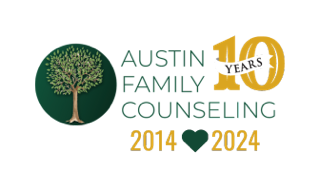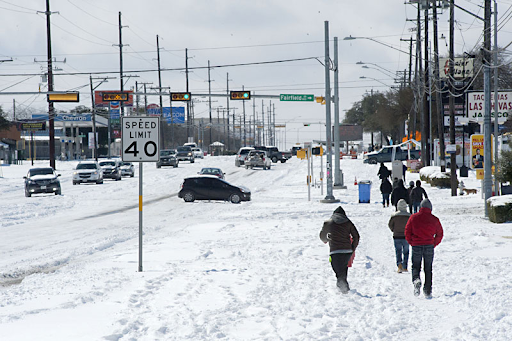Welcome back! Today I am going to continue the discussion on dissociation I began last time. To recap, dissociation is most simply explained as disconnection. For clinical purposes, dissociation is a disconnection between things that are often associated together. Dissociation experiences lie on a spectrum, and most people can relate to experiencing at least mild forms of dissociation. Last week I discussed a few mild experiences of dissociation, such as “zoning out” on a routine drive and missing your exit on the highway, otherwise known as “highway hypnosis.” Now I would like to discuss more severe forms of dissociation. There are 4 main categories of dissociative disorders, as defined in the catalogue of psychological diagnoses created by the American Psychiatric Association, the Diagnostic Statistical Manual of Mental Disorders, Fourth Edition, Text Revision (DSM-IV-TR). These are:
- Dissociative Amnesia
- Dissociative Fugue
- Depersonalization Disorder
- Dissociative Identity Disorder (formerly known as Multiple Personality Disorder)
A clinical dissociative disorder is suggested if there is a strong presence of 5 features: amnesia, depersonalization, derealization, identity confusion, and identity alteration.
1. Amnesia
Amnesia is defined as the inability to recall important personal information that is so extensive it cannot be explained by forgetfulness or an organic disorder. In the realm of dissociation, the amnesias are commonly important events in one’s life that are forgotten. These forgotten events are often traumatic, such as experiencing abuse or a troubling incident. These lost blocks of time can span from minutes to years. Most often experienced are micro-amnesias, where a discussion is not remembered, or the content of a conversation is forgotten from one moment to the next.
2. Depersonalization
Depersonalization is the sense of being “not in” one’s body, being detached from it. It is often described as an “out-of-body” experience. This experience can be so profound that the individual does not recognize their face in the mirror or does not feel “connected” to their bodies in a way that is difficult to put into words.
3. Derealization
Derealization is sensing the world is not real. Individuals describe this as seeing the world as if they were watching a movie. The world is often described as looking foggy, far away, or as being seen through a veil of sorts.
4. Identity Confusion
Identity confusion is simply feeling confusion about whom a person is. An example would be engaging in activities an individual would normally detest and finding them thrilling. Generally, the individual does something that is very out of character for them, and the behavior cannot otherwise be explained by the influence of drugs or an organic disorder.
5. Identity Alteration
Identity alteration is the sense that one has markedly different parts of oneself. This is a feature that was formerly referred to as having multiple personalities. This can be very troubling for the individual and the loved ones of individual who have this experience. A person may shift into an alternate personality and experience confusion about where they are and whom they are with. Their voice, facial expression and body language may change. The individual can experience distortions in time, situation, and place. Often the individual is unaware of the identity alteration, however this is not always the case.
Dissociative Fugue, which was not directly discussed above, is characterized by a sudden and unexpected departure from one’s home or place of work and is accompanied by an inability to recall one’s past and confusion about one’s personal identity or the assumption of a new identity. The individual is generally unaware of the amnesia and often appears “normal” to others. (DSM–IV–TR (2000) 4th ed., text rev.)
Come back for the final piece where I will discuss how dissociation and dissociative disorders develop and how they are treated!
References:
The International Society for the Study of Trauma and Dissociation – www.isst-d.org
American Psychiatric Association. (2000). Diagnostic and statistical
manual of mental disorders (4th ed., text rev.).
doi:10.1176/appi.books.9780890423349.
Steinberg, M. (2008). In-Depth: Understanding Dissociative Disorders. Psych Central. Retrieved on March 20, 2015, from http://psychcentral.com/lib/in-depth-understanding-dissociative-disorders/0001377












